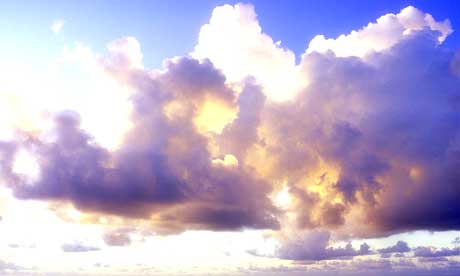The first misconception is that kangaroos compete with livestock for resources and should therefore be extensively culled. Scientific research has been conducted on this important issue for over 30 years, primarily in Australia's rangelands. It's been well established that the total grazing and water use pressure of a kangaroo is only a small fraction of that of sheep and cattle.
Scientific research informs us that noteworthy competition with sheep and cattle is only likely under extreme drought conditions in the rangelands. Additionally, economic analysis shows any realised loss of livestock productivity, due to competition from kangaroos, is significantly outweighed by fluctuations in meat and wool prices. Furthermore, there is no ecological evidence to indicate whether there are more or less kangaroos today than pre-European settlement.
Secondly, it's been claimed that with high enough prices for kangaroo meat and skins, farmers could viably switch from livestock to kangaroos with great benefit to the environment. More recently, it has also been suggested greenhouse gasses would decrease as a result, a view endorsed and promoted by the Garnaut Climate Change Review.
However, this is not the case. Kangaroos produce far less human consumable meat than livestock. Our estimates suggest only three kilograms per animal is of good quality, which contrasts vastly with industry estimates of 12 kilograms. Taking the latter figure, a single carcass could feed 48 people with a 250 gram portion. This would require 24 million kangaroos to be culled annually to provide one meal, for every Australian, per week.
As quotas are restricted by sustainable yields of around 18 per cent, this would require populations of the four harvested kangaroo species to reach 133 million. At no time have such populations existed. Not only is it unfeasible, but there would be considerable environmental implications and increased danger of crashing while driving on rural roads.
In 2008, Australian Government estimates indicated a population of around 26 million harvestable kangaroos nationally, although records show that populations can reach 50 million when times are good. Of these, only between 2 and 6 million are currently harvested.
Considering this fact, and that most livestock products are imported as processed meat, live shipment and wool, it is unlikely that a marginal or partial uptake of kangaroo meat will decrease the number of sheep and cattle on the land.
Finally, eating kangaroo is thought by some to be supportive of a free range, cruelty-free and environmentally-friendly food source. However, the National Code of Practice for the Humane Shooting of Kangaroos and Wallabies for Commercial Purposes is currently inadequate and remains unenforceable.
Contrary to claims by regulatory agencies, the industry is not fully professional, with a large proportion of casual shooters amongst licensees.
Kangaroos that are inaccurately targeted (not hit in the head from 80 to 200 metres at night) may suffer a painful, protracted death and their carcasses will not be utilised. Pouch-young joeys are clubbed on the head. Young-at-foot are supposed to be shot, but since the industry is self-regulated, they are often left to die of starvation or predation.
Taken together, it is likely that up to a million young are killed annually as collateral damage and their carcasses not used. This is an unacceptable practice by international standards. In a similar case of harvested terrestrial wildlife, the products derived from young Canadian Harp Seals – which are clubbed to death – have been banned in most westernised countries.
Using kangaroos to solve environmental problems and the ethical dilemmas of eating meat may seem at first glance like a good idea. However, closer scrutiny provides a significant challenge to this common view.
http://www.sciencealert.com.au/news/20100505-20921.html

 Jürgen Achilles (
Jürgen Achilles (







